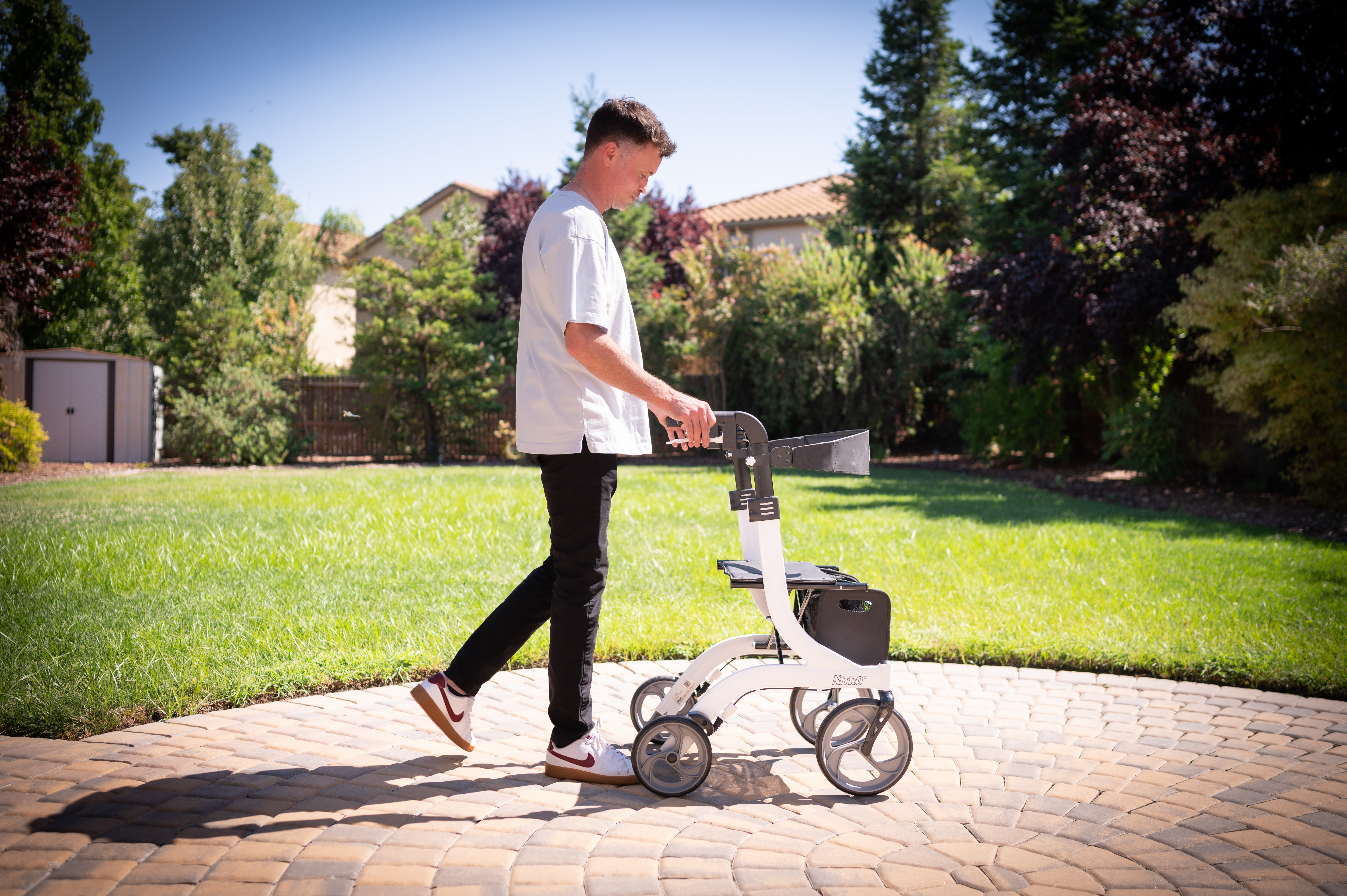Friedreich ataxia (FA)
Friedreich ataxia (FA) is a rare inherited progressive disease caused by a variation in the frataxin gene (FXN) resulting in a deficiency of frataxin, a protein that regulates the function of mitochondria in the cells.1 Clinical characteristics include progressive ataxia (a loss of muscle control and balance), spasticity (extreme muscle tightness and prolonged contractions), and cardiomyopathy (heart disease).2
In patients with FA, nerve fibers in the cerebellum, spinal cord and peripheral nerves degenerate, becoming thinner. Peripheral nerves carry information between the brain and body tissues, signaling the muscles to generate movement. The degeneration of these nervous system tissues results in ataxia, or the loss of muscle control and balance. Some patients with FA also experience chronic diseases of the heart muscles, skeletal deformities such as scoliosis or foot deformities, and/or glucose intolerance. The patient’s thinking and reasoning abilities (cognitive functions) may also be affected.
Symptoms typically begin between the ages of 5 and 15 years, although they may appear even as late as after age 25. Cardiac dysfunction is the cause of death in 59% of FA patients with a mean age of death of 36.5 years.3
Living with Friedreich Ataxia (FA)
Sean, Sacramento, California
Sean Baumstark was diagnosed with Friedreich ataxia (FA) at the age of 25. The rare genetic condition diminishes his coordination and strength and has impacted Sean’s mobility, muscular endurance, and speech. In his twenties, the diagnosis sent shockwaves to the core of his being and identity.
Soon after he was diagnosed Sean met Kyle Bryant, who also lives with FA, and the two completed several long-distance bike rides in their home state of California. Sean and Kyle learned that they could use their rides to raise awareness. In 2012 they completed a coast-to-coast cycling relay race, the Race Across America. Their story was captured in a documentary film, The Ataxian, in 2015.
The important conversations inspired by the film pushed Sean and Kyle to create the acclaimed “Two Disabled Dudes” podcast, with more than 200 episodes and still pedaling strong. They host rare disease advocates, doctors, parents, and artists to share stories and advice which they pair with their own poignant and humorous anecdotes as adults living with FA.
As a disabled athlete and activist, Sean has found his voice and his mission as he continues to adapt to the increasing symptoms of FA, all while advocating for better treatments and, some day, a cure.
Patients, families and other relations who are featured on this webpage have provided their consent to share their images, videos and stories in order to help broaden public understanding of the experience of living with a rare disease. The patients received a nominal stipend for their time.
Community Support & Resources
Those who would like to learn more about FA may find it useful to visit the websites of patient organizations and other groups that provide support for the Rare Disease community. The links below provide access to several but not all of the organizations that serve patients and caregivers in this disease state. Astellas is not affiliated with and does not endorse any of the organizations listed below. The information provided by Astellas is for informational purposes only and is not meant to replace the advice of a healthcare professional.
 | Friedreich's Ataxia Research Alliance - Home (curefa.org) |
 | The National Ataxia Foundation (NAF) |
References:
1.Koeppen AH. Friedreich's ataxia: pathology, pathogenesis, and molecular genetics. J Neurol Sci. Apr 15 2011;303(1-2):1-12.
2. Friedreich ataxia. 2022, at https://www.orpha.net/consor/cgi-bin/OC_Exp.php?Lng=GB&Expert=95.); Corben LA, Lynch D, Pandolfo M, Schulz JB, Delatycki MB, Clinical Management Guidelines Writing G. Consensus clinical management guidelines for Friedreich ataxia. Orphanet J Rare Dis 2014;9:184; Polek B, Roach MJ, Andrews WT, Ehling M, Salek S. Burden of Friedreich’s Ataxia to the Patients and Healthcare Systems in the United States and Canada. Front Pharmacol 2013;4:66.
3. Tsou AY, Paulsen EK, Lagedrost SJ, et al. Mortality in Friedreich ataxia. J Neurol Sci. 2011;307(1-2):46-49. doi:10.1016/j.jns.2011.05.023






